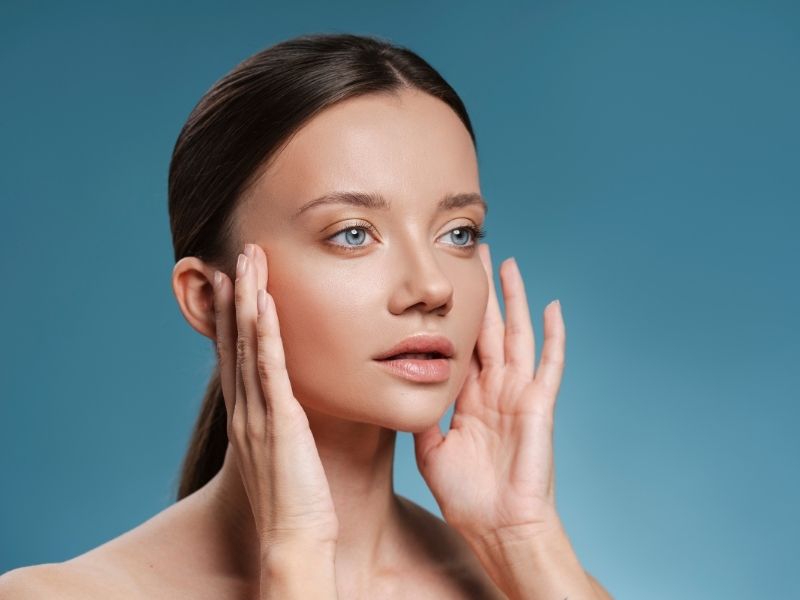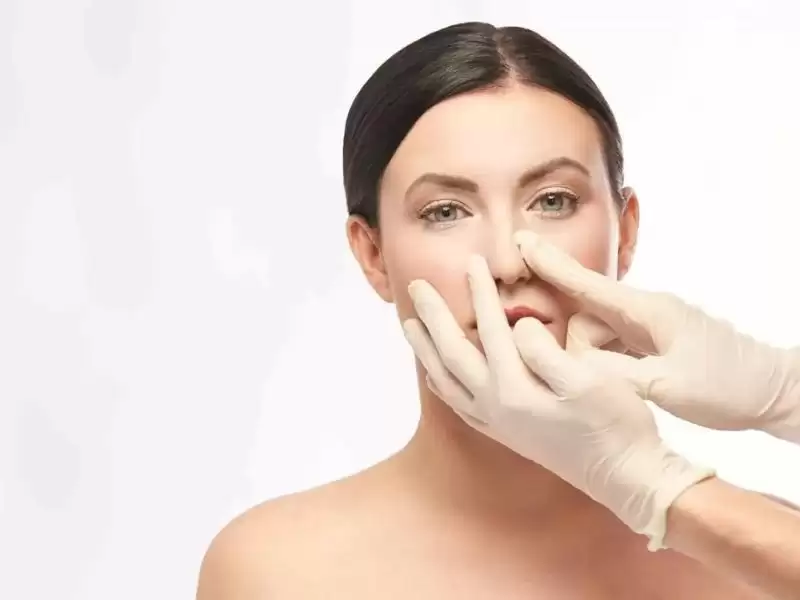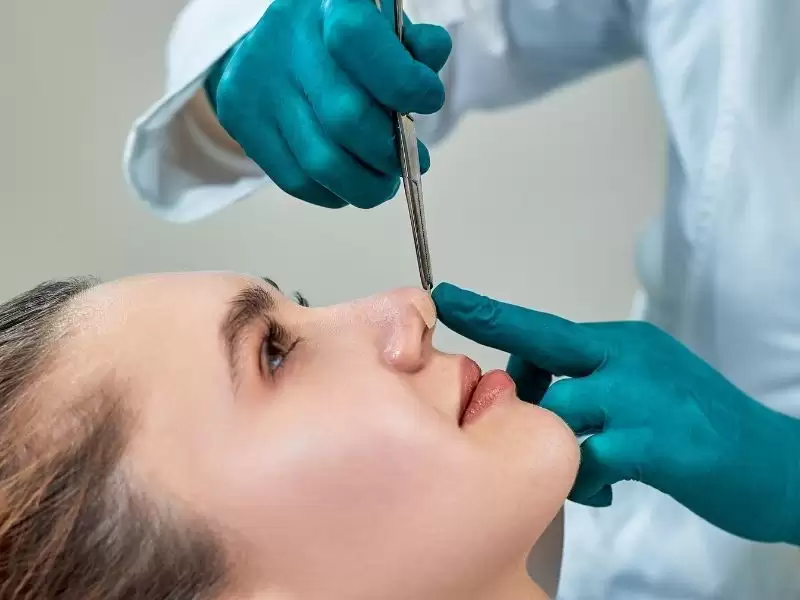Face lift is the general term for aesthetic procedures performed to correct skin sagging, wrinkles, and volume loss that occur with aging. In aesthetic surgery, it is possible to achieve this goal through many different methods, both surgical and non-surgical.
ChatGPT:
Face lift procedures not only improve aesthetic appearance but also boost self-confidence and provide a younger, more refreshed look. The main objectives are:
- Tightening of sagging skin and muscle tissue
- Definition of the chin and jawline
- Rejuvenation of the mid-face area
- Reduction of wrinkles
As we age, collagen production decreases, and with the effect of gravity, the facial contour begins to lose its shape. Face lift procedures counteract this natural process, creating a firmer and more youthful appearance. These signs become more noticeable, especially after the age of 35.
What Are the Face Lift Methods?
Today, face lift procedures are divided into two main categories: surgical and non-surgical. Both methods offer different advantages and are tailored according to the individual’s specific needs.
Traditional Surgical Face Lift (Face Lift)
Traditional surgical face lift is one of the oldest and most effective rejuvenation methods in the field of aesthetic surgery. The procedure is usually performed under general anesthesia and lasts an average of 2 to 5 hours. The surgeon accesses the underlying tissues through incisions that begin at the hairline, extend around the ears, and, if necessary, continue under the chin. The muscles and connective tissues (SMAS layer) in this area are lifted upward and tightened. If required, excess skin is removed and the incisions are closed with sutures.
Traditional surgical face lift is generally ideal for the following groups:
- Individuals over the age of 45
- Those with significant skin sagging and laxity
- Individuals with pronounced deformities in the neck and jawline
- Those seeking long-lasting and permanent rejuvenation
The effects of a traditional face lift can last up to 10–15 years. It can include the forehead, mid-face, chin, and neck areas. By repairing deeper tissue layers, it provides a natural, youthful, and refreshed appearance without exaggeration, and frequent touch-ups are not required.
Endoscopic Face Lift
In this technique, unlike the traditional face lift, large incisions are not made. Instead, 1–2 cm small incisions are created in hidden areas such as the hairline or behind the ears. Through these incisions, a thin endoscopic camera is inserted, allowing detailed visualization and precise intervention on the facial muscles and tissues.
The surgeon, guided by the camera, lifts the underlying tissues, tightens the loosened muscles, and, if necessary, uses supportive materials to fix the tissues upward.
Endoscopic face lift is generally suitable for the following individuals:
- People between the ages of 35 and 50
- Those with mild to moderate facial sagging
- Individuals experiencing looseness particularly in the forehead, eyebrow, and mid-face areas
- Those who desire a surgical procedure but are concerned about visible scarring
Endoscopic face lift is used to treat sagging in the forehead and eyebrows, around the eyes, cheekbones, and mid-face area, as well as to soften the nasolabial folds. The incisions made within the hairline are invisible. It is possible to return to social life within 7–10 days. The tissue layers are lifted and fixed upward, resulting in naturally rejuvenated facial contours.
Non-Surgical Face Lift Methods
Non-surgical face lift methods are among the fastest-growing categories in modern aesthetic practices. They offer ideal solutions for individuals who wish to rejuvenate without undergoing surgery or experiencing a recovery period. These methods promote skin tightening, improve elasticity, and provide a youthful appearance through the use of technological devices and products such as fillers or botulinum toxin.
Focused Ultrasound (HIFU)
The High-Intensity Focused Ultrasound (HIFU) method stimulates collagen production by targeting the deeper layers of the skin (SMAS layer) without damaging the surface. Each session typically lasts between 30 and 60 minutes. It focuses on lifting the facial contour, tightening the chin area, and elevating the eyebrows. The effect reaches its peak within 2–6 months and can last for 1–2 years. The procedure is painless, scar-free, and can be performed in a single session.
Radiofrequency (RF) Face Lift
In this method, the skin is heated to stimulate collagen fibers. Devices such as Thermage or Exilis are used. The heat energy restructures the skin tissue, targeting fine wrinkles and cheek sagging. Sessions last around 30–45 minutes, and generally 3–6 sessions are recommended. The effects of radiofrequency face lifting can last between 6 months and 1 year.
Thread Lift Procedure
In this technique, special absorbable threads are placed under the skin to lift facial tissues upward. It is performed under local anesthesia and is often referred to as a “lunchtime face lift.”
The main advantages of this method are its immediate visible results and minimally invasive nature. It is suitable for areas such as the chin, cheeks, jawline, and eyebrows. The results can last for 1–2 years. Mild bruising or swelling may occur after the procedure.
Fillers and Botox Combinations
Fillers: Hyaluronic acid-based fillers are used to support facial contours, restore lost volume, and fill wrinkles. They are commonly applied to the cheekbones, nasolabial folds, and around the lips.
Botox (Botulinum Toxin): Botox temporarily relaxes facial muscles to smooth out wrinkles. It is generally applied to the forehead, between the eyebrows, and around the eyes (crow’s feet area).
Effect Duration: Botox lasts approximately 4–6 months, while fillers typically last 6–12 months.
Mesotherapy and PRP Applications
Solutions containing vitamins, minerals, and amino acids (mesotherapy) or platelet-rich plasma (PRP) derived from the patient’s own blood are injected under the skin. These treatments rejuvenate skin cells, providing brightness and freshness. Typically, 3–6 sessions are recommended. A noticeable improvement in skin tone and quality can be observed.
Click to learn more about Face and Neck Rejuvenation.










